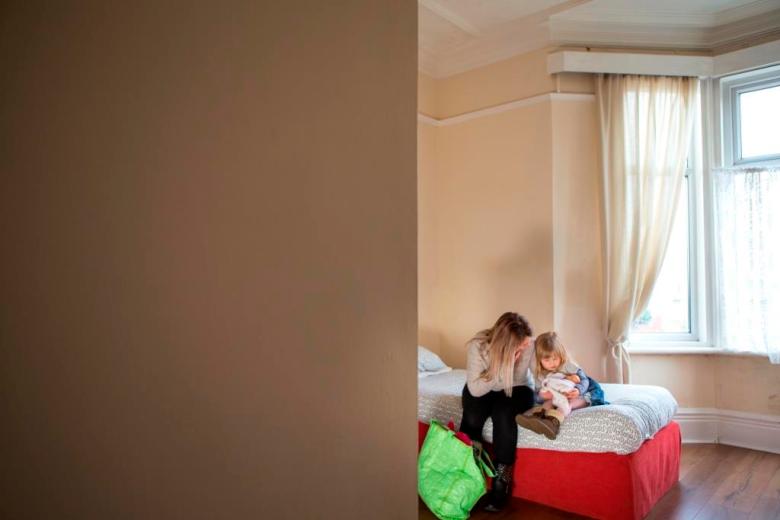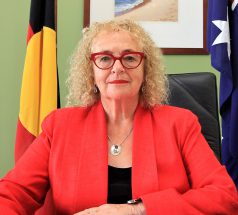
Randwick Council has announced a plan to allocate affordable housing units to reduce the pressure on shelters, becoming the latest local government to help tackle domestic violence.
Randwick Council mayor Lindsay Shurey argues that local government has a key role to play in breaking the cycle of domestic violence by leveraging affordable housing assets.
The council currently operates 20 affordable housing homes, which are made available to eligible workers at a subsidised rate.
“If we can allocate some of our suitably located affordable housing homes to women and children exiting out of domestic violence, it will free up refuge space for clients requiring crisis accommodation and related support services,” Clr Shurey said.
A Randwick Council spokesperson said the initiative represents the first effort by a council in New South Wales to make a portion of affordable housing portfolio available for women and children leaving short-term domestic violence refuges.
With police responding to 373 incidents of domestic violence in Randwick City between 2016 and 2017, 11.2 per cent higher than the state average, Clr Shurey says it is crucial that local government tackle the issue head first.
“This is a new approach for local government,” she said.
Shelters a key issue: report

A recent report by the Department of Social Services provides some evidence for Randwick Council’s scheme, citing the provision of domestic violence shelters through social housing as a key factor in reducing domestic violence.
According to Clr Shurey, the resources will ease the pressure currently placed on short-term crisis centers and buffer women against being locked out of the housing market.
“Many refuges are full with women and children who have experienced domestic violence staying for an extended period of time because of the difficulties in securing medium term housing in the private rental market,” she said.
The proposal comes after council provided a funding boost to the local domestic violence support organisation, enabling it to operate for longer hours. With the recent proposal to boost domestic violence housing supported in principle at a meeting last week, the scheme could commence as soon as this year.
Examples of councils ‘playing their part’
The Australian Local Government Association says that given councils’ significant reach within the community they are in a unique position to support awareness raising and prevention initiatives.

“Although the capacity of each council differs, there are some empowering examples across the country of councils playing their part to change attitudes and prevent violence at the local level,” ALGA president David O’Loughlin told Government News.
He points to the City of Whittlesea in Victoria, which developed a Family Violence Workplace Support Policy and was one of the first councils to introduce a family violence clause into its enterprise agreement in 2011.
“Given it’s estimated that two-thirds of women who experience family violence are in the paid workforce, it’s vital for organisations, including councils, to make available workplace support to those experiencing violence.”
Fellow Victorian council, Monash City Council has used its library to promote primary prevention messages developed through their Generating Equality and Respect Project, he added.
Most state and territory local government associations have also worked cooperatively with state and territory governments to support state-wide initiatives.
“The Local Government Association of Queensland joined in the Queensland Government’s push for new legislation on domestic violence after the Queensland domestic violence inquiry -The Criminal Law (Domestic Violence) Amendment Act,” Cr O’Loughlin said.
Federal action
Meanwhile, at the federal level, a Fair Work Commission ruling last month prompted the Federal Government to introduce five days unpaid family and domestic violence leave, and a $100 million funding injection, among new measures to help tackle the issue.
However, Australian Council of Trade Unions Secretary Sally McManus said the Commonwealth’s policy would do nothing to help people move to a safer home.
Despite increased public attention on the issue in recent years, and a range of measures at various levels of government, ABS data last year showed that one in six women continue to be subjected to physical and/or sexual violence by a current or cohabiting partner.
According to Australian Institute of Health and Welfare figures, more than 100,000 men, women and children sought homelessness services due to family violence in 2016-17.
If you or someone you know is affected by domestic violence, contact 1800RESPECT.
Comment below to have your say on this story.
If you have a news story or tip-off, get in touch at editorial@www.governmentnews.com.au.
Sign up to the Government News newsletter.
One thought on “Council’s bid to combat domestic violence shelter shortage”
Leave a comment:
Most read
Scathing report finds little has changed at PwC
Qld council welcomes progress on massive battery system
Inquiry to consider how federal govt can address councils’ sustainability issues
‘Local’ procurement turns out not to be so local, committee hears
Another report finds local government falling down on cyber security

An interesting article by Georgia Clark regarding the well overdue initiative addressing the problems of immediate housing for victims of domestic violence. I hope this becomes a prerequisite to other local councils. Well done Georgia